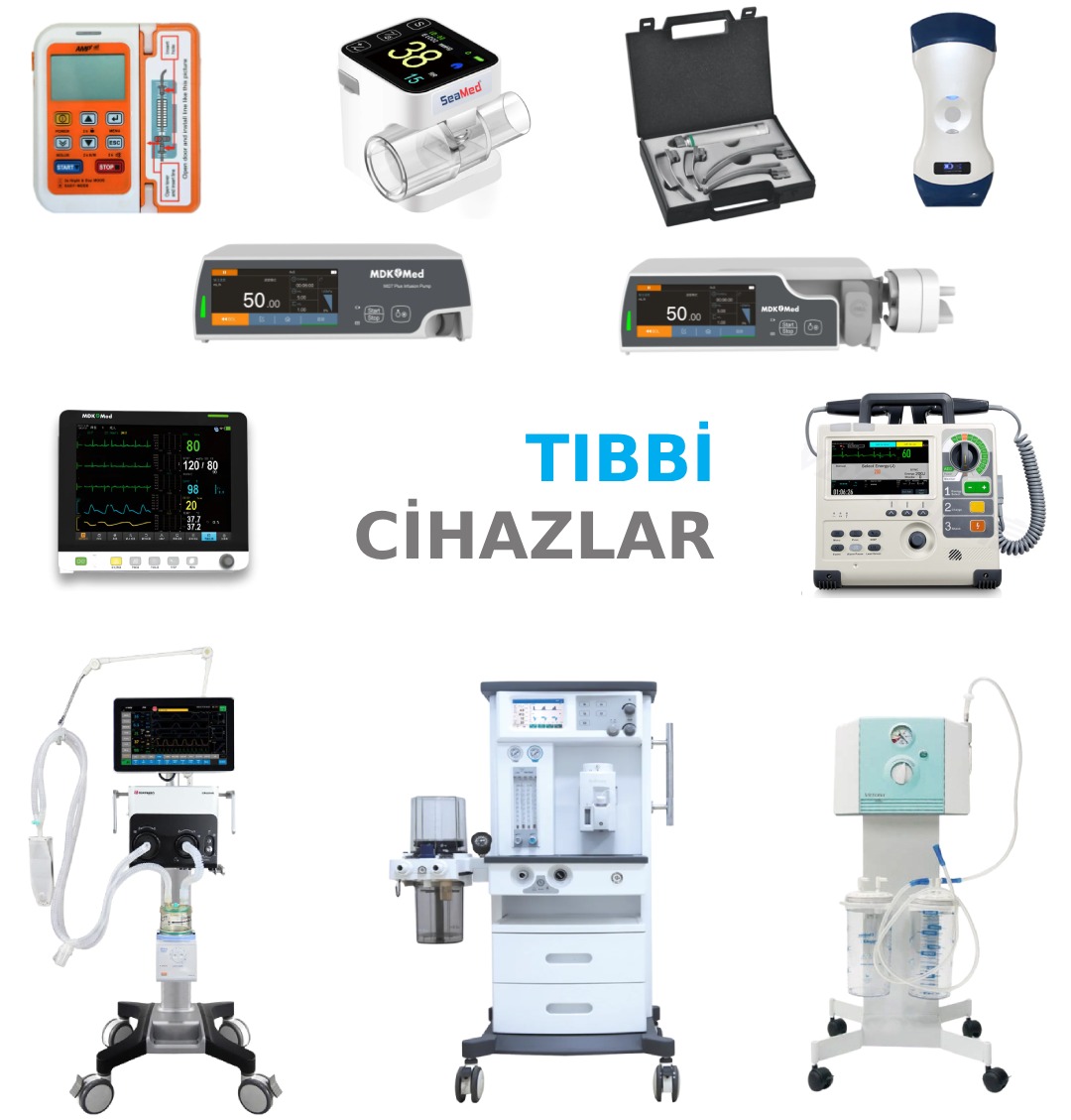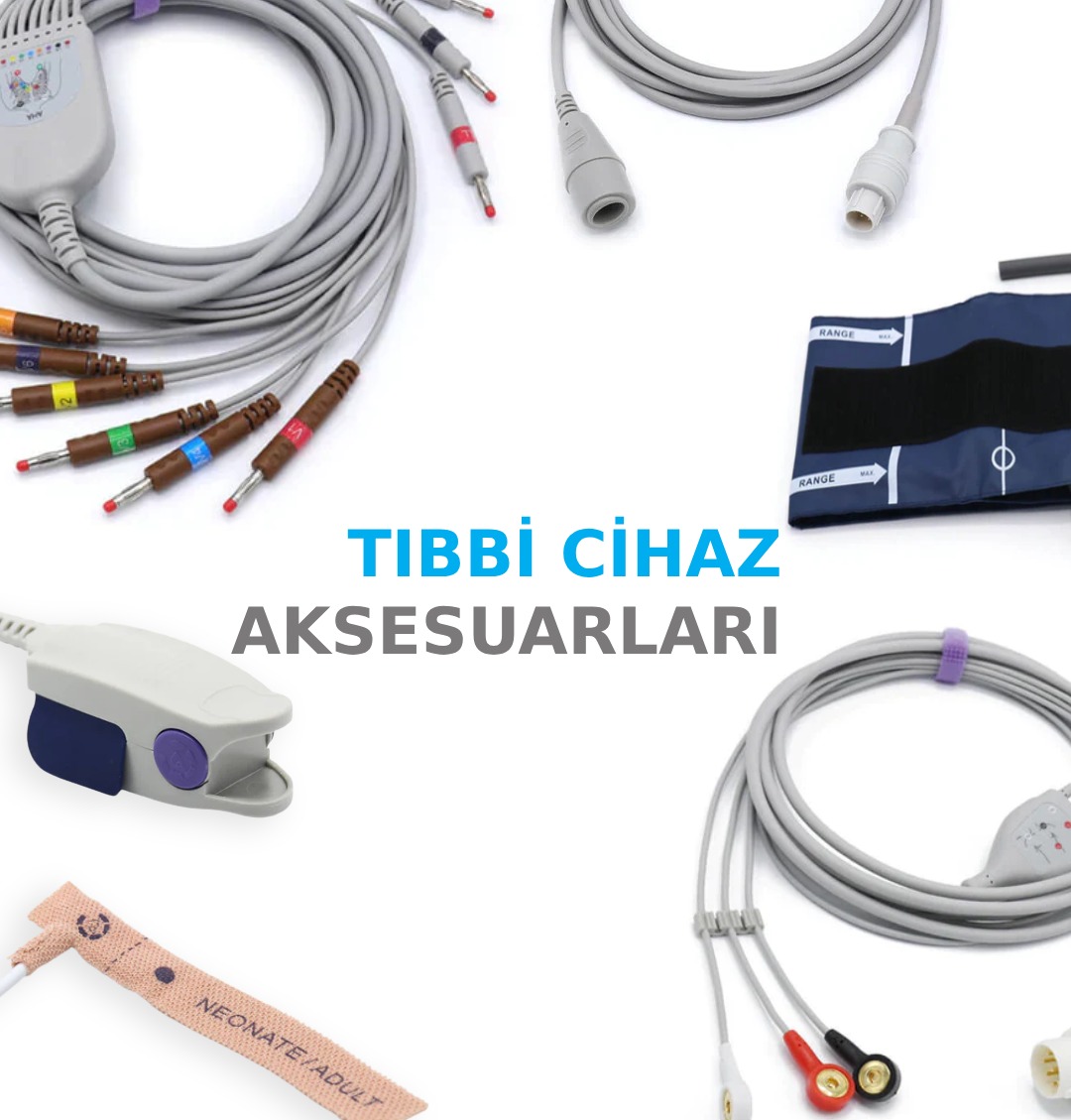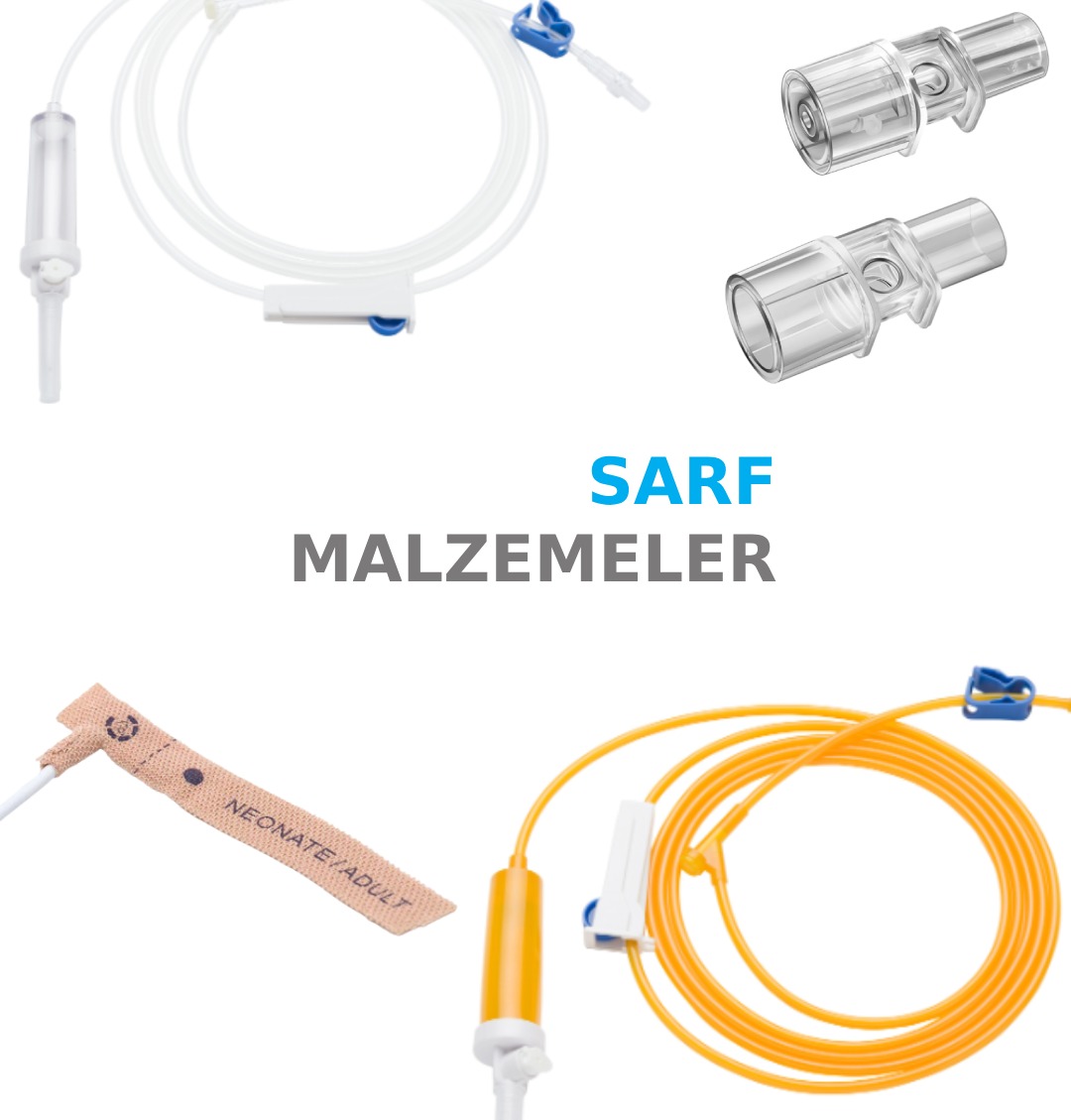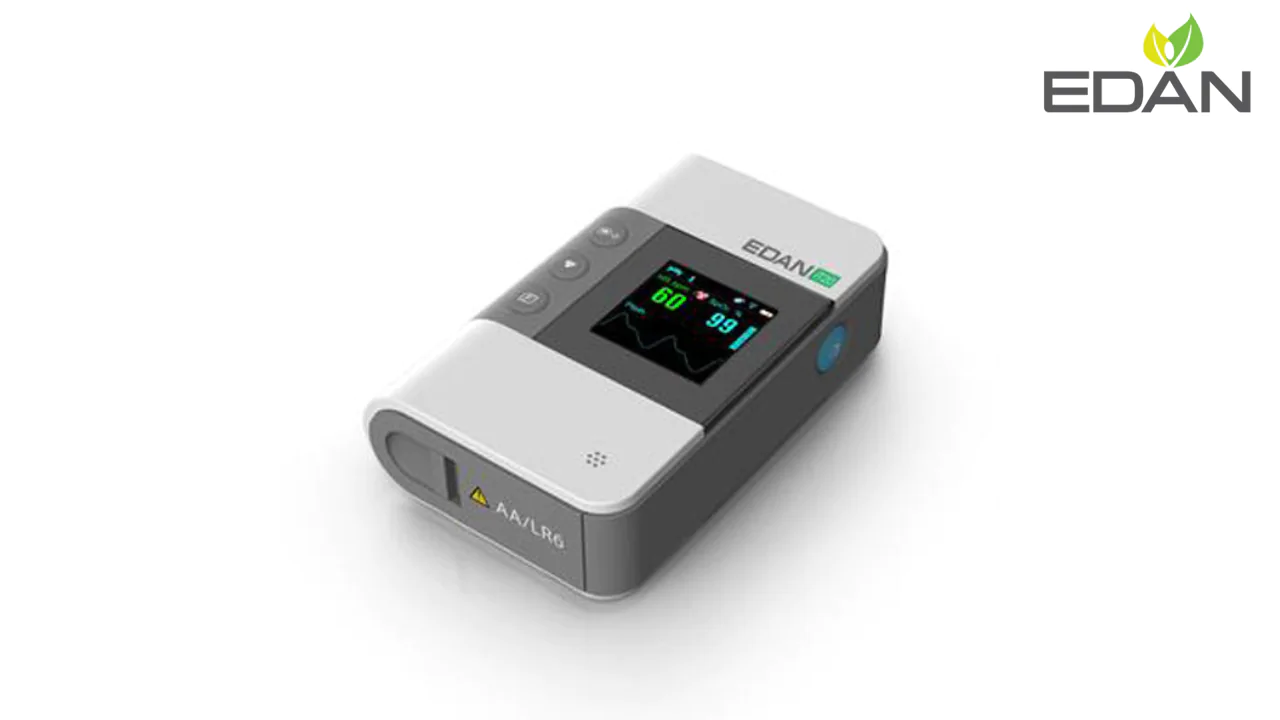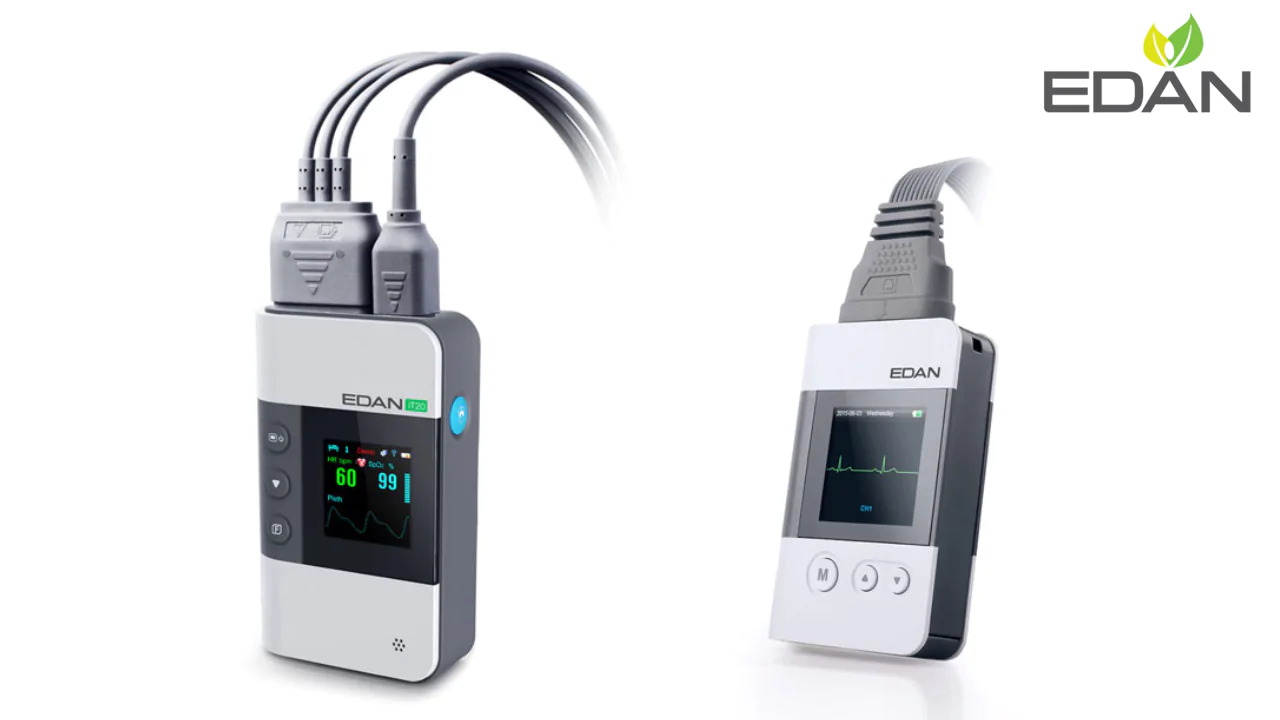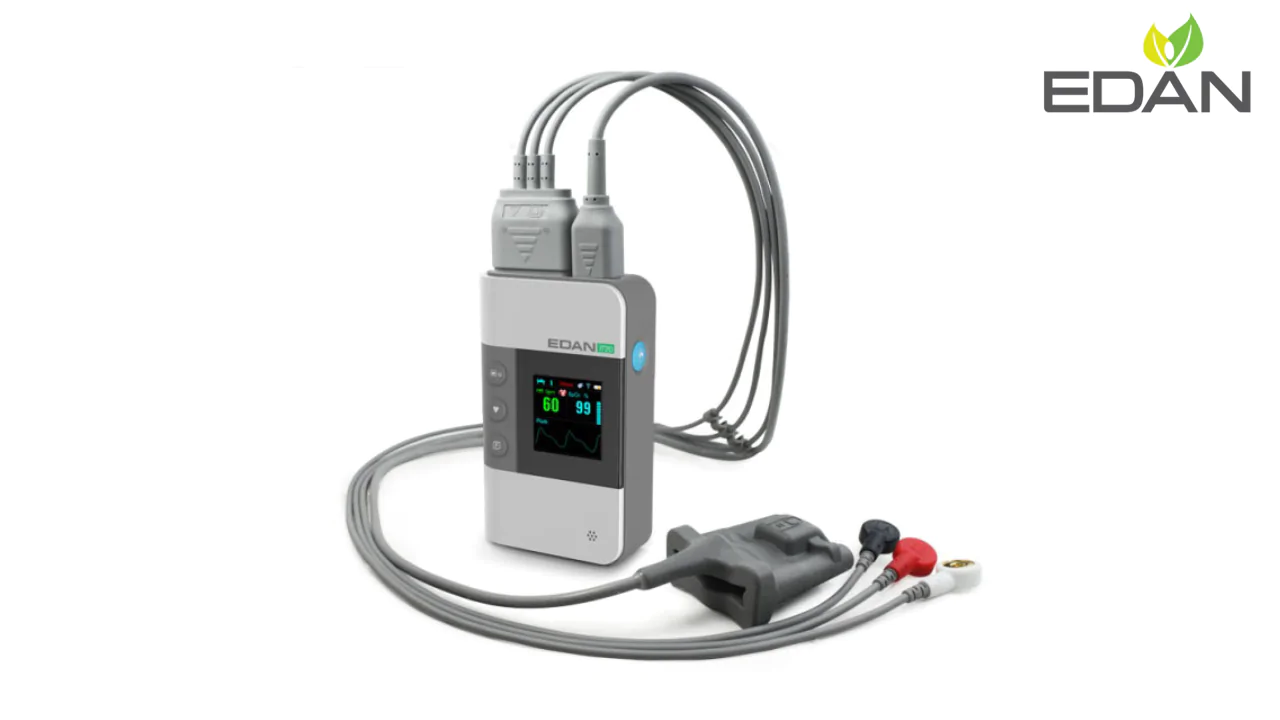
EDAN IT20 TELEMETRY SYSTEM
- Lightweight Compact Structure
- Easy to Read OLED Screen
- Ability to Monitor ECG, Respiration, SpO2, PR Parameters
- 3 or 5 Lead ECG Cable
- Different Screen Mode Options
- Ability to Connect 64 Devices to the System at the Same Time
- Nurse Call and Patient Call Functions
- Ability to Connect to the Central System via WIFI
- Ability to Save 240 Hours of Trend and 720 Hours of Alarm History for Each Patient
Medical telemetry systems are a medical technology used to remotely monitor and evaluate patients' vital data. These systems constantly monitor patients' important parameters such as heart rhythm, blood pressure, oxygen saturation and respiratory rate and transmit this data to healthcare professionals, allowing them to quickly and effectively monitor the patient's condition.
Medical telemetry systems are often used in hospitals, intensive care units, cardiac monitoring units and emergency rooms. It is also used in areas such as mobile patient monitoring or home care. These systems are integrated with wireless technologies that increase patient mobility and ensure patient comfort.
The working principle of medical telemetry systems is to collect the patient's vital data through a series of sensors and transmit this data to a central monitoring station. Sensors can often be of different types, such as electrodermal, electrocardiographic (ECG), blood pressure or oxygen saturation measurement. The data collected by the sensors is transmitted to a central station via a receiver device on the patient's body or via a wireless network.
Some medical-technical terms used in medical telemetry systems are: "Telemetry Module" is a device that collects and transmits the patient's vital data. The "Central Monitoring Station" is a control center that receives and evaluates patient data. "Alarm System" is a system that alerts healthcare professionals in case of critical situations or abnormal values.
Medical telemetry systems improve patient safety by allowing healthcare professionals to continuously monitor and evaluate patients' vital data. These systems are an important tool for detecting emergencies, quickly identifying side effects and optimizing treatment plans.

